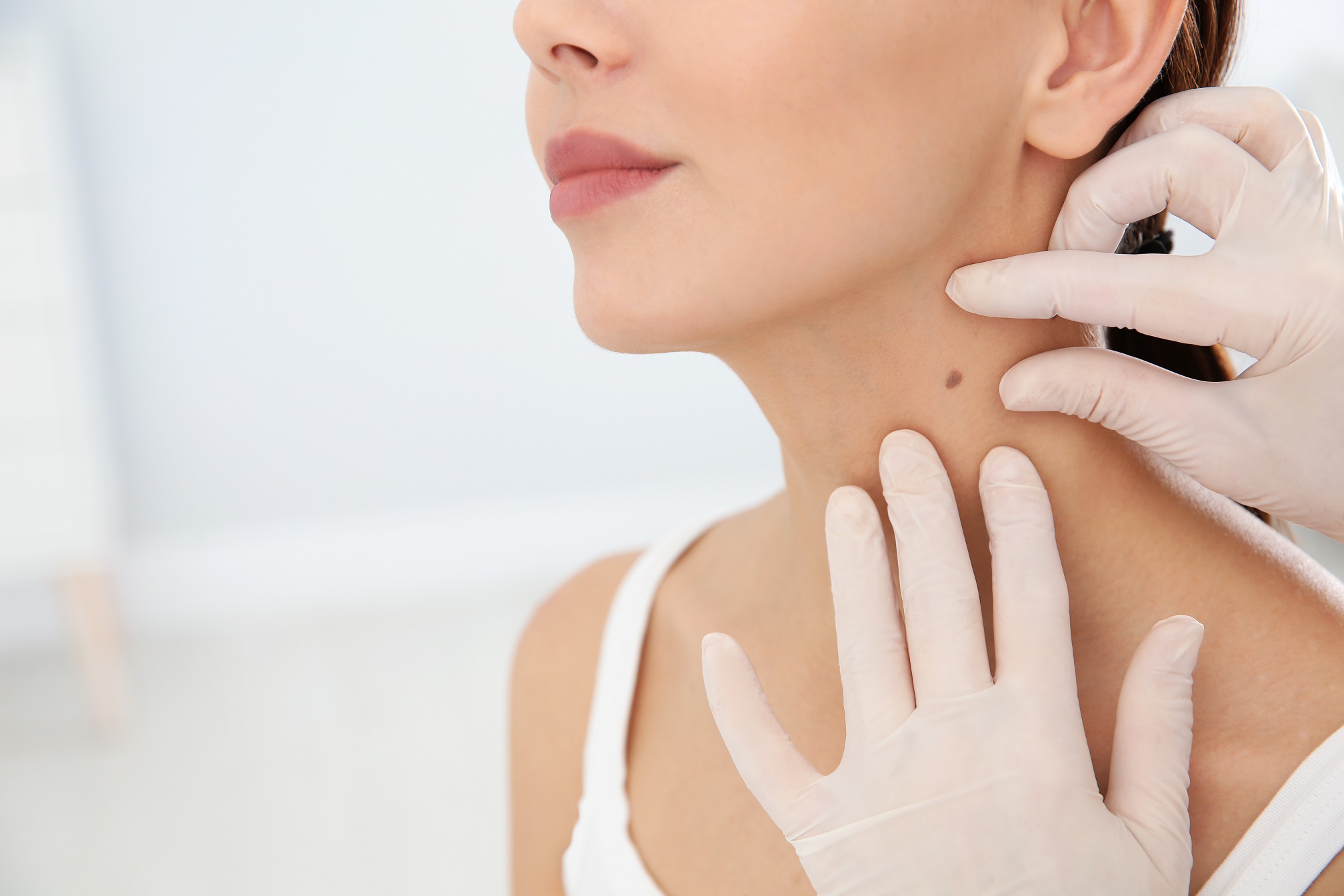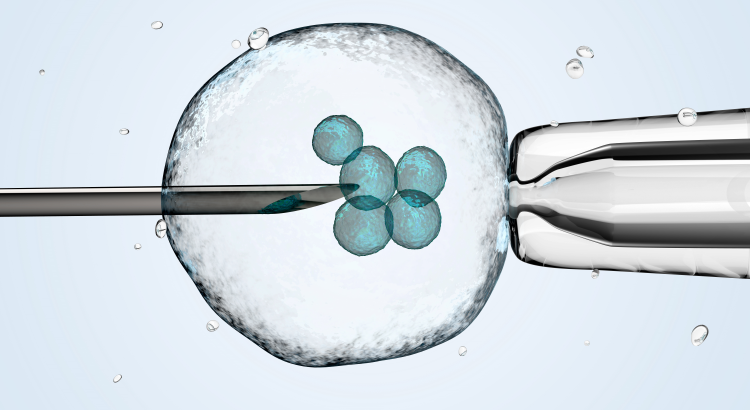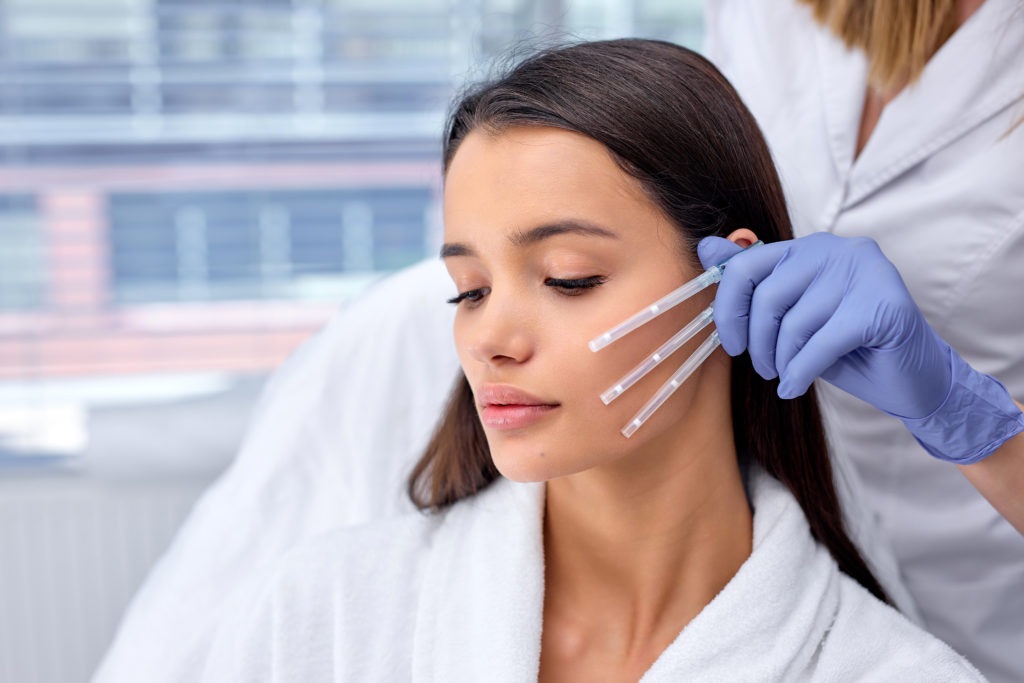Lichen planus is a condition that affects many people throughout the world. It creates discomfort in the affected area. Skin, hair, nails, and mucous membranes may swell and itch as a result of the condition called lichen planus. Lichen planus typically manifests as flat, purple, itchy pimples on the skin that gradually enlarge over time. Lichen planus creates lacy white patches, occasionally accompanied by painful blisters, in the mouth, vagina, and other regions covered by a mucous membrane. Having lichen planus scalp requires you to keep your head clean and safe.
Most people can treat normal, mild cases of lichen planus themselves, at home, with no professional help. You might require prescription medication if the illness causes severe itching or pain. Lichen planus is not contagious.
Here is how lichen planus is diagnosed and treated:
Diagnosis
Based on your symptoms, medical history, physical exam, physical exam findings, and, if necessary, lab testing outcomes, your doctor determines whether you have lichen planus. These tests could involve:
Biopsy: Your doctor takes a tiny sample of the damaged tissue for microscopic examination. The tissue is then examined to find out if the tissue has lichen planus-specific cell patterns.
Blood test: Hepatitis C, which is a causative factor of lichen planus, may be detected with a blood test.
Allergy test: If you want to find out if you have an allergy to something that can cause lichen planus, your doctor might recommend that you visit a dermatologist or allergy expert.
Treatment
In months to years, lichen planus on the skin typically goes away on its own. When this illness affects your mucous membranes, it is more likely to be chronic and stubborn to treatment. You will need to see your doctor for follow-up appointments around once a year, regardless of the treatment you choose.
Medications and other treatments may lessen discomfort, reduce itching, and encourage recovery. Discuss with your doctor how to balance a treatment’s potential advantages with any negative side effects.
Corticosteroids
Often, a prescription corticosteroid cream or ointment is the primary line of treatment for lichen planus. Your doctor might recommend a corticosteroid pill or injection if that doesn’t work or if your condition is severe or widespread.
Topical corticosteroids frequently cause thinning or irritation of the skin where the cream has been applied. When used as prescribed, corticosteroids are considered to be safe. You can easily treat lichen planus scalp with safe medications that your doctor prescribes.
Oral anti-infections drugs
Oral medicines used in some specific circumstances for this condition are the antimalarial hydroxychloroquine and the antibiotic metronidazole.
Immune response medicines
Severe signs and symptoms may require prescription medications that suppress or alter your body’s immune response. Medications like azathioprine, mycophenolate, cyclosporine, and methotrexate can help in this situation.
Light therapy
The skin condition lichen planus might improve with light therapy or phototherapy. UVB light, which only penetrates the top layer of the skin, is used in the most popular kind of phototherapy for lichen planus. Two to three sessions per week for a few weeks are typical for light therapy.
Final thoughts
Apart from regular treatment, you can change your lifestyle, food habits, and routine to reduce your predisposition to a disease. You can try many lifestyle tips and natural remedies at home to help reduce the discomfort caused by lichen planus. If you are experiencing severe symptoms, visiting a doctor is a must. Taking homeopathic medicine for pcod also cools your body and reduces pain.




